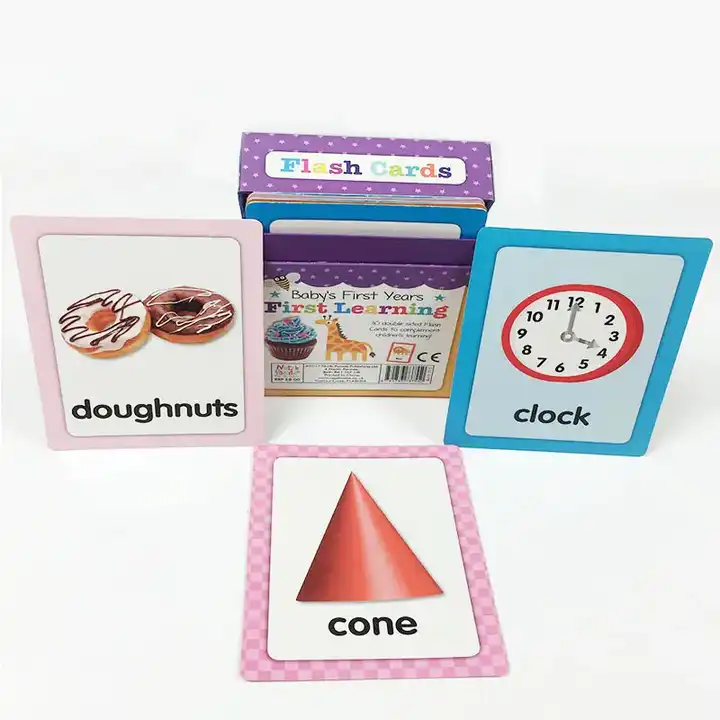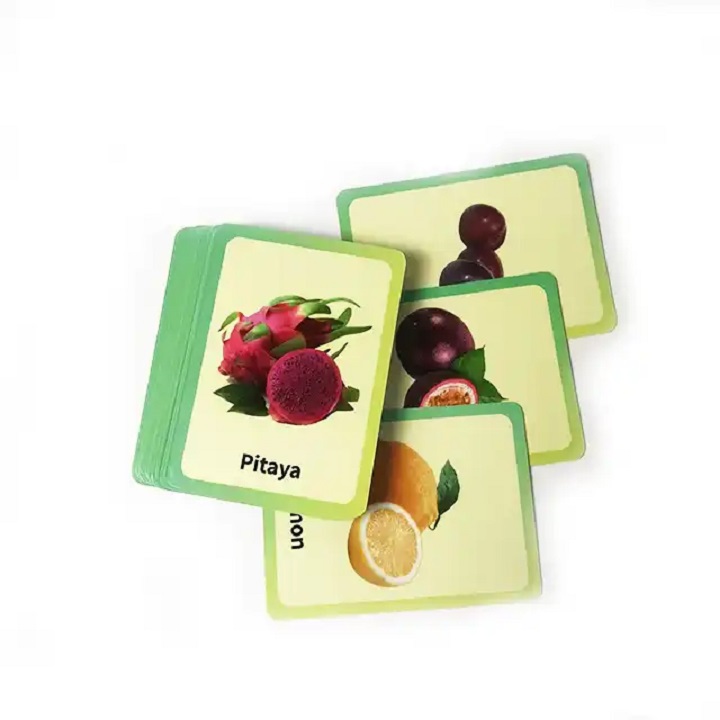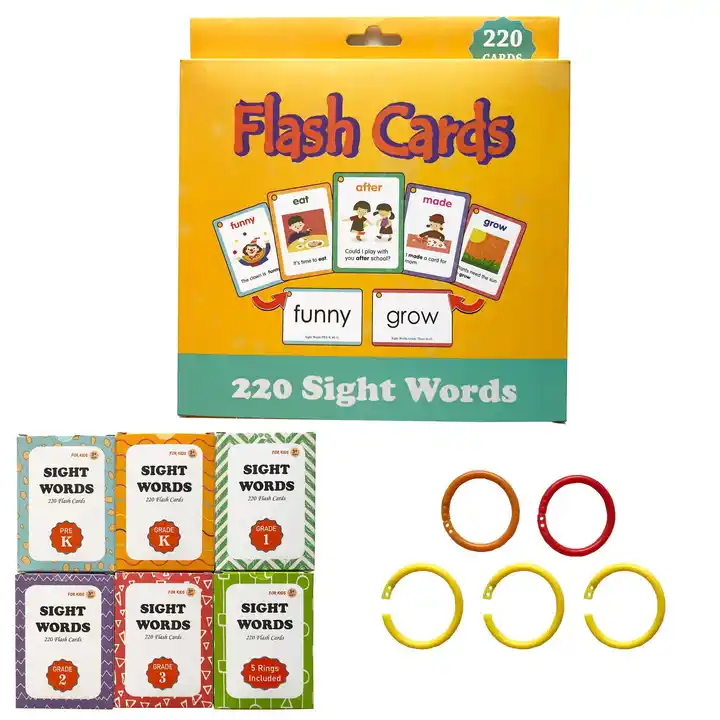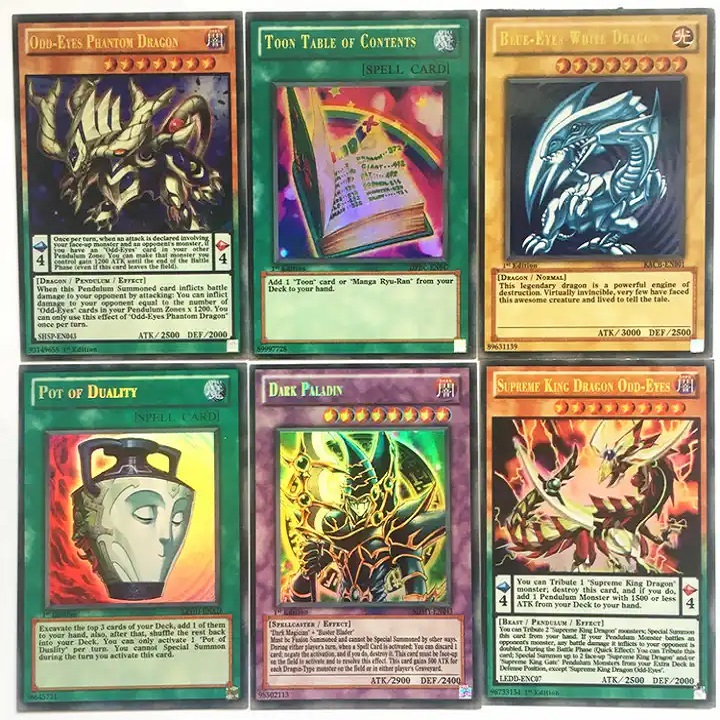Content Menu
● Introduction
● Why alphabet flashcards matter in early literacy
● Key cognitive principles at work
● Design considerations for effective alphabet flashcards
● Why XingKun customize products can enhance learning experiences
● Effective strategies for using alphabet flashcards
● Practical classroom integration
● Home-based applications and family learning
● Measuring progress and adjusting instruction
● Addressing common concerns
● Safety, accessibility, and inclusivity
● Case for customization in different learning environments
● Conclusion
● Questions and Answers
>> 1.What makes alphabet flashcards effective for early literacy development?
>> 2.How can customization enhance the effectiveness of alphabet flashcards?
>> 3.What are best practices for using alphabet flashcards at home?
>> 4.How should progress be tracked when using flashcards?
>> 5.Can flashcards support multilingual learners?
Introduction
Alphabet flashcards have long stood as a staple in early education, offering a simple, repeatable method for children to recognize letters, connect sounds to symbols, and build foundational literacy skills. This article explores the benefits of alphabet flashcards, with a particular focus on how XingKun customize products can enhance learning outcomes. By examining cognitive science principles, instructional strategies, and practical classroom and home applications, readers will gain a comprehensive understanding of why alphabet flashcards remain relevant in today's varied educational landscape.

Why alphabet flashcards matter in early literacy
Alphabet knowledge is a strong predictor of later reading success. Recognizing the shapes and sounds of letters supports phonemic awareness, which underpins decoding and reading fluency. Flashcards provide a low-stakes, high-frequency practice tool that can be integrated into daily routines. They also enable quick assessment of which letters a child knows, allowing for targeted instruction. The tactile and visual aspects of physical cards can boost memory encoding compared to digital-only experiences, especially for younger learners who benefit from kinesthetic engagement.
Key cognitive principles at work
Repetition and retrieval: Frequent exposure strengthens neural pathways associated with letter forms and sounds, improving recall.
Dual coding: Pairing visual letter shapes with corresponding phonemes creates stronger mental representations.
Spaced practice: Distributing review sessions over time enhances long-term retention and reduces forgetting.
Multisensory engagement: When flashcards are used with verbal cues, gestures, or tracing activities, learners form robust associations.
Design considerations for effective alphabet flashcards
The most successful flashcards balance clarity, age-appropriate complexity, and pedagogical intent. Important design features include:
Clear, high-contrast letter forms: Bold type, simple fonts, and uncluttered backgrounds reduce cognitive load.
Dual-sided options: One side shows the uppercase and lowercase letter; the other provides a representative image and the corresponding sound.
Phoneme accuracy and consistency: Card content should reflect standard letter-sound correspondences commonly taught in early literacy programs.
Engaging imagery: Pictures should clearly illustrate the target sound without introducing extraneous associations that could cause confusion.
Why XingKun customize products can enhance learning experiences
XingKun's customization capabilities empower educators and parents to tailor alphabet flashcards to specific learning goals and contexts. Notable advantages include:
Personalization for learners: Cards can be customized to reflect local language variations, themes relevant to a classroom, or individual student needs, increasing learner relevance and motivation.
Durability and safety: Custom manufacturing options emphasize sturdy materials, child-safe coatings, and long-lasting durability, ideal for repeated handling by young learners.
Size and format flexibility: Depending on age and setting, cards can be produced in varying sizes, from pocket-friendly mini decks to larger classroom sets, to optimize visibility and handling.
Thematic coherence: Custom bundles can align with broader curricula (e.g., phonics sequences, sight-word introduction, or thematic units), creating a cohesive learning toolkit rather than a disparate collection of items.
Packaging and accessibility: Options for color-coding, multilingual labels, or braille-inclusive versions support diverse learners and inclusive classrooms.
Quality control and consistency: Custom production enables consistent letter forms and color schemes across sets, reducing confusion and aiding recognition.

Effective strategies for using alphabet flashcards
Incorporating flashcards into daily routines can maximize outcomes. Consider these approaches:
Quick daily sessions: Short, focused practice (5–10 minutes) keeps engagement high and prevents fatigue.
Multisensory routines: Combine verbal naming, tracing letters in the air, or forming letters with modeling clay to deepen encoding.
Guided play activities: Turn flashcards into games that emphasize sounds, blend recognition, and letter formation. For example, “I spy” with a letter, sound-based snapping games, or memory matching using pairs of letters and corresponding sounds.
Progressive complexity: Start with a core set of letters the child has shown familiarity with, then gradually introduce new letters and digraphs, aligning with literacy milestones.
Integrated literacy tasks: Use flashcards alongside reading and writing activities, such as linking letters to simple words, sight-word introduction, and handwriting practice.
Practical classroom integration
For teachers, customization offers a practical path to align tools with curriculum standards and student needs. Practical steps include:
Diagnostic pre-assessment: Use a starter deck to identify known letters and gaps, informing targeted instruction.
Thematic bundles: Create decks that support unit themes (e.g., animals, weather, or community helpers) to reinforce letter sounds within meaningful contexts.
Classroom management: Durable, color-coded sets enable easy distribution, rotation, and group work, maximizing instructional time.
Parent partnerships: Provide takeaway decks or printable activities that extend learning at home, reinforcing school-based instruction.
Home-based applications and family learning
Parents can leverage alphabet flashcards to support early literacy outside the classroom. Effective home routines include:
Morning or bedtime rituals: Short sessions with positive reinforcement help establish consistent practice.
Collaborative play: Children and caregivers take turns naming letters, sounds, and words built from the cards, fostering social interaction and confidence.
Everyday connections: Use flashcards to label household items, connect sounds to objects in the child's environment, and encourage storytelling with letter-based prompts.
Measuring progress and adjusting instruction
Ongoing assessment helps tailor flashcard use to evolving learner needs. Practical assessment ideas include:
Quick mastery checks: Periodic quick-fire rounds to determine which letters are mastered and which require additional practice.
Progress tracking: Maintain a simple log of letters known, sounds mastered, and areas needing reinforcement.
Data-informed adjustments: Shift emphasis to less-known letters or introduce advanced concepts (digraphs or short vowel patterns) when appropriate.

Addressing common concerns
Are flashcards enough on their own? They are most effective when integrated with other literacy activities, such as guided reading, writing exercises, and phonemic awareness tasks.
Do visuals distract from letter sounds? When imagery is carefully chosen to reinforce the target sound, visuals support rather than overshadow the phonetic focus.
How to handle overload? Short, consistent sessions with clear goals prevent cognitive overload and sustain motivation.
Safety, accessibility, and inclusivity
XingKun's custom options can emphasize accessibility features such as high-contrast designs for learners with visual difficulties, larger card sizes for students with motor challenges, and multilingual labeling to support bilingual households. Inclusive design helps all learners participate fully and build confidence.
Case for customization in different learning environments
Early childhood programs: Decks with vivid, engaging imagery and simple phonetic mappings attract young learners and lay foundations for reading.
Homeschooling contexts: Custom bundles can align with family curriculum choices and pacing, providing flexibility and coherence.
Multilingual classrooms: Custom labels in multiple languages help bridge language gaps and promote phonemic awareness across linguistic backgrounds.
Conclusion
Alphabet flashcards remain a relevant, flexible, and effective tool for developing early literacy skills. When paired with thoughtful design, evidence-based teaching strategies, and customization through XingKun's product solutions, these cards can adapt to diverse learners, settings, and educational goals. The result is a practical pathway to stronger letter recognition, phonemic awareness, and reading confidence that can accompany a child from first exposure to proficient literacy.

Questions and Answers
1.What makes alphabet flashcards effective for early literacy development?
They promote repetition, phoneme associations, and quick feedback, all of which support letter recognition and decoding skills.
2.How can customization enhance the effectiveness of alphabet flashcards?
Customization ensures content is relevant to learners, aligns with curricula, and provides appropriate sizes, materials, and labeling to accommodate different needs.
3.What are best practices for using alphabet flashcards at home?
Keep sessions short and regular, combine with multisensory activities, and connect letters to real objects or simple words to reinforce learning.
4.How should progress be tracked when using flashcards?
Maintain a simple log of mastered letters, phonemes, and areas needing reinforcement, updating the deck as progress occurs.
5.Can flashcards support multilingual learners?
Yes, by offering multilingual labels and culturally relevant imagery, flashcards can bridge language gaps and reinforce phonemic awareness across languages.

































